We're taking a trip down memory lane through the photography archives of the Library of Congress, this time looking at vintage victory gardens.
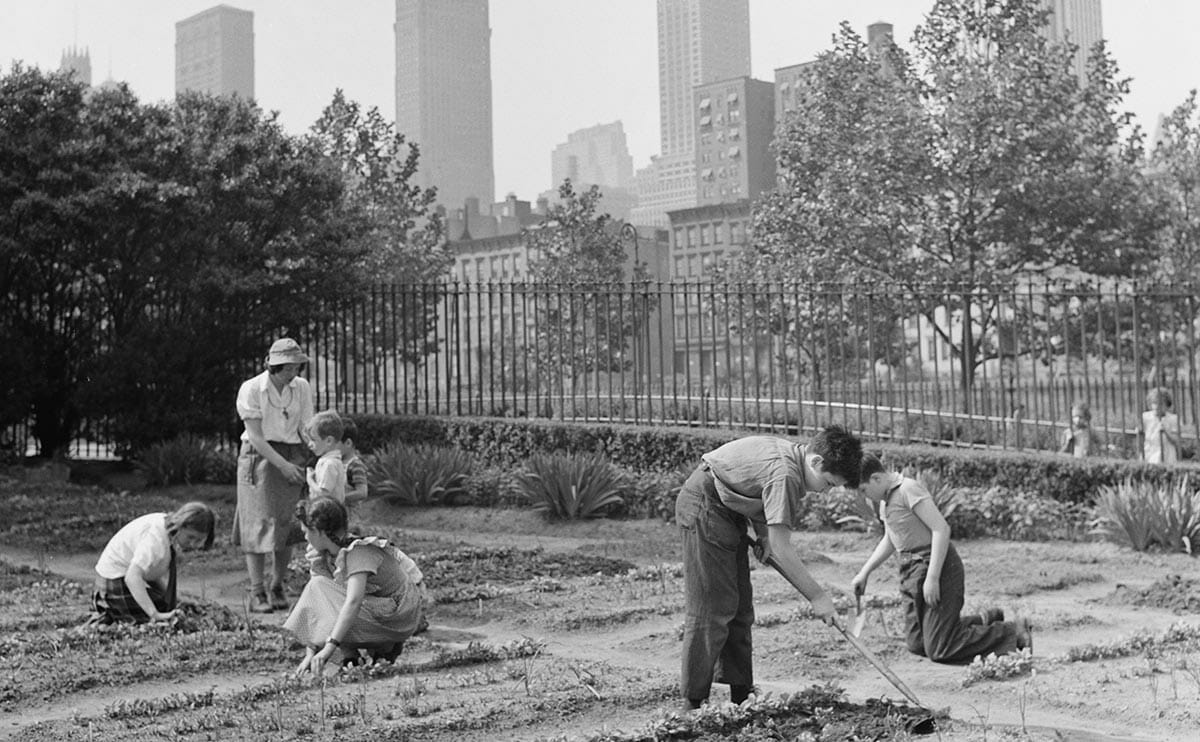
It’s Friday, so we’re taking a trip down memory lane through the photography archives of the Library of Congress.
Victory gardens — also known as war gardens — have caught our eye once again. These plots of land, both in private and public spaces, were used to grow food for civilians to reduce the home-front’s dependence on the country’s food supply during World War I and II. Take a tour of these gardens with us, and get ready to start growing.
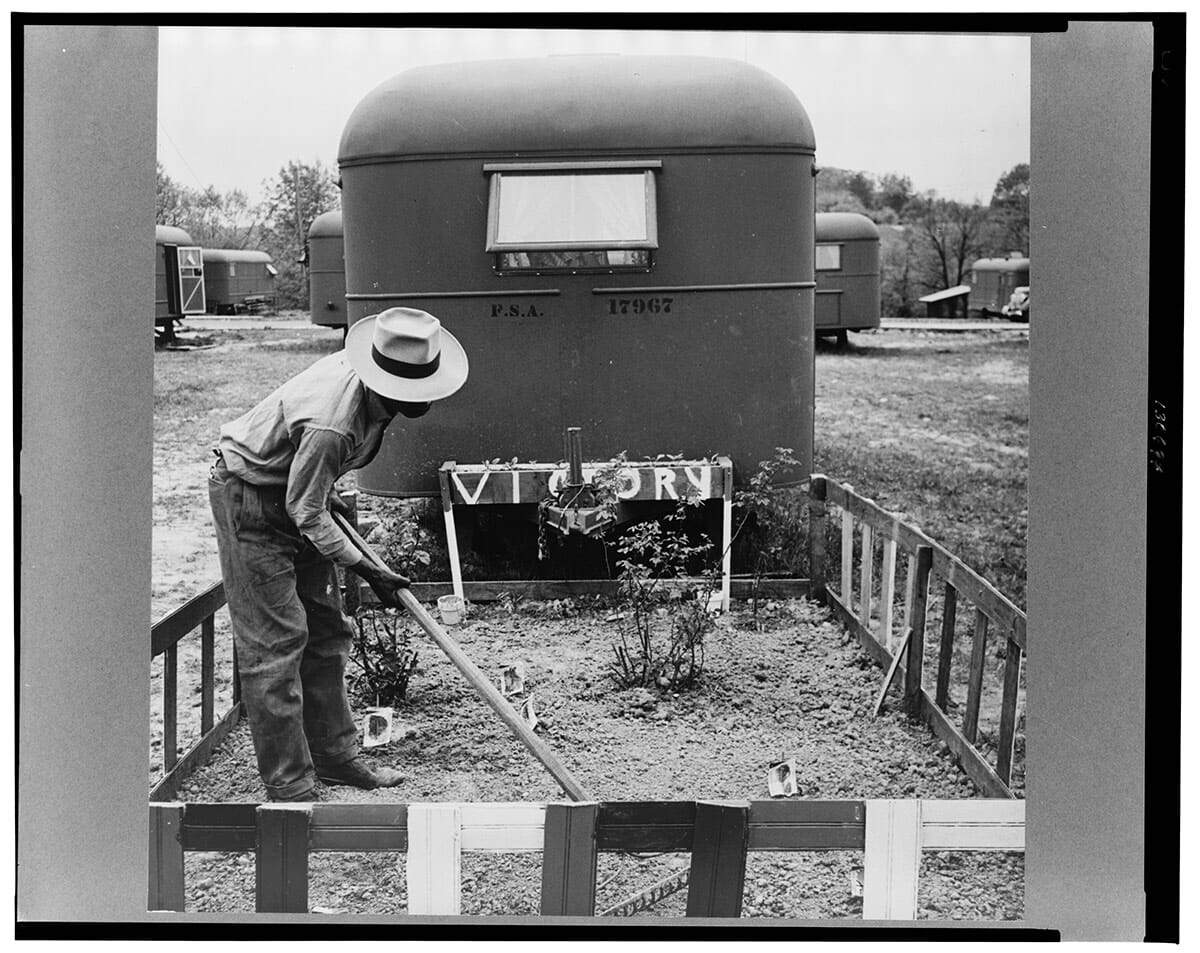
[mf_h5 align=”left” transform=”uppercase”]An occupant of a Farm Security Administration trailer camp project, tends to his victory garden in Arlington, Virginia, ca. 1942[/mf_h5]
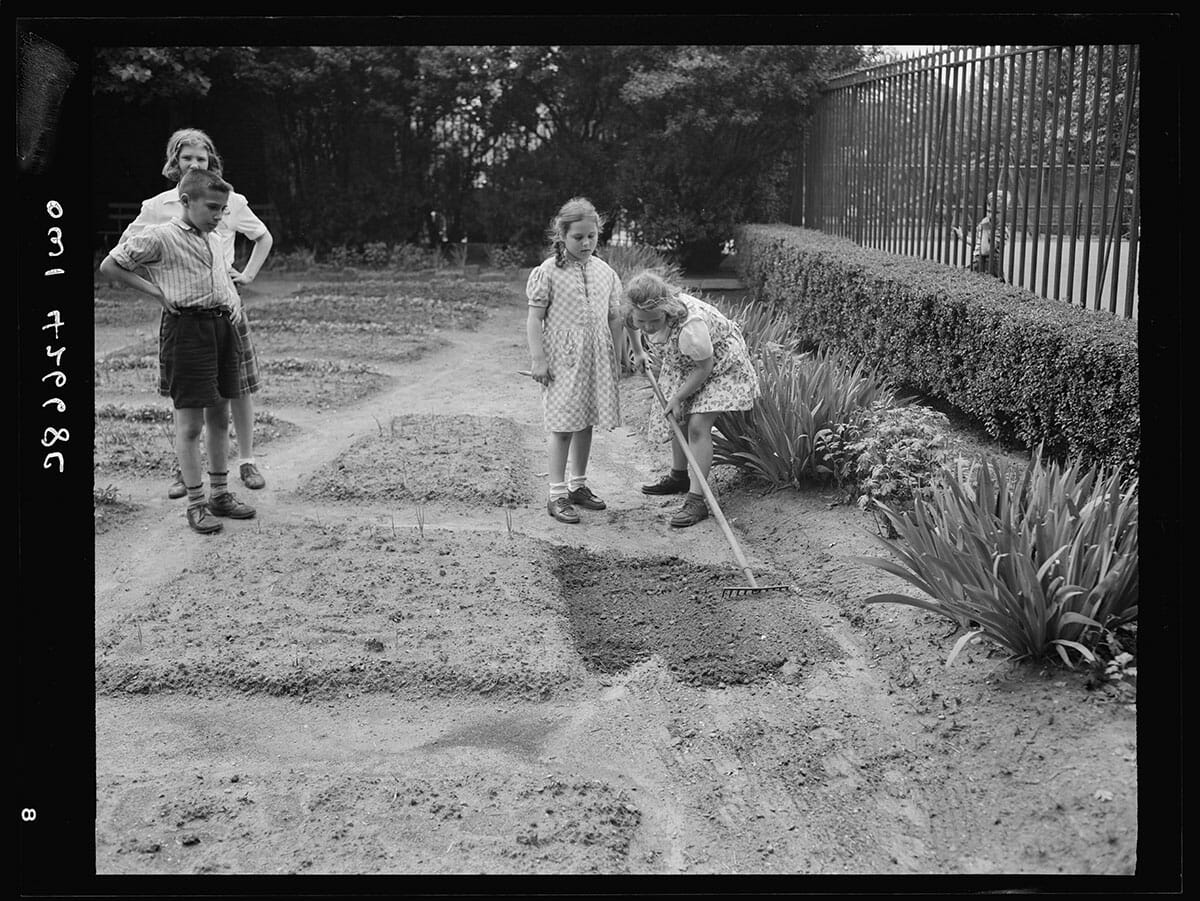
[mf_h5 align=”left” transform=”uppercase”]Girl working at their school’s victory garden on 1st Avenue between 35th and 36th Streets, New York City, ca. 1944[/mf_h5]
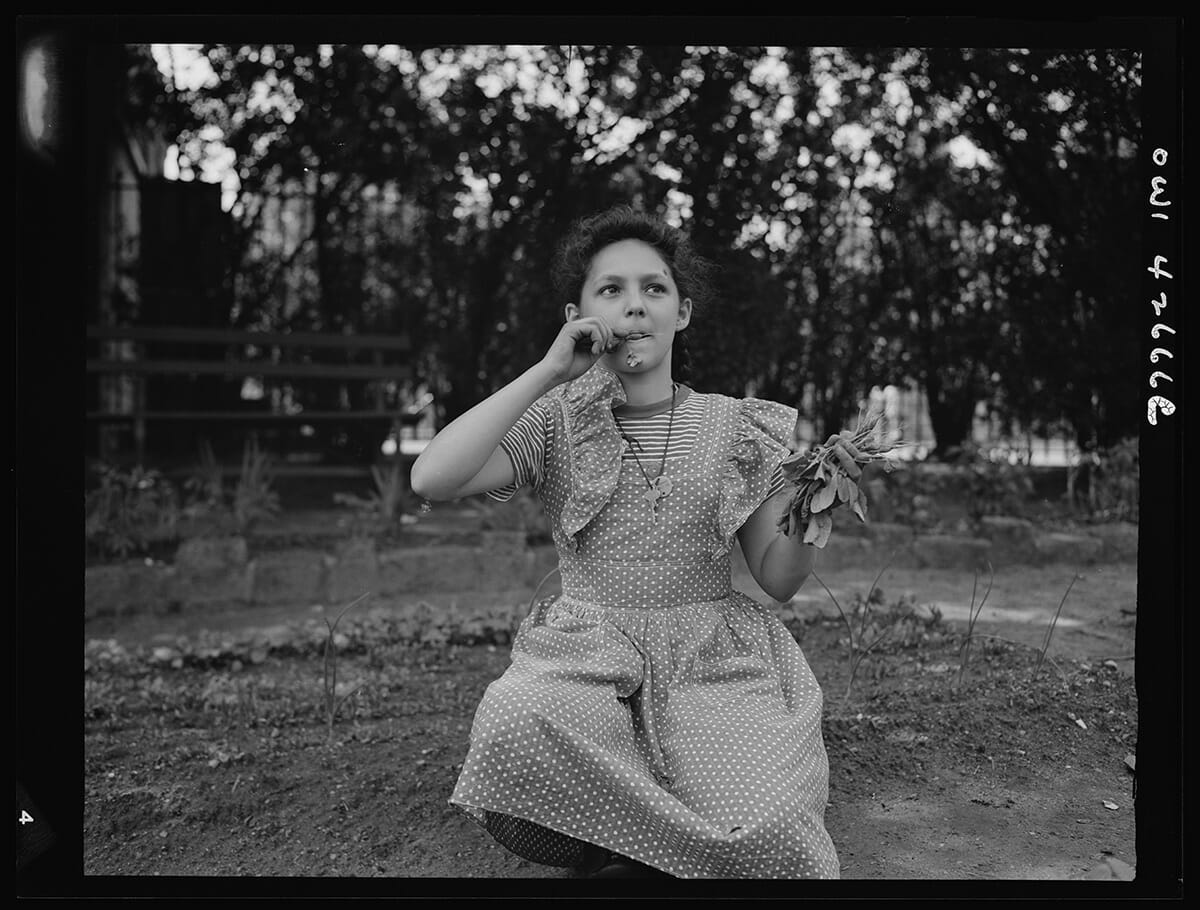
[mf_h5 align=”left” transform=”uppercase”]A girl enjoying a radish at her school’s victory garden on 1st Avenue between 35th and 36th Streets, New York City, ca. 1944[/mf_h5]
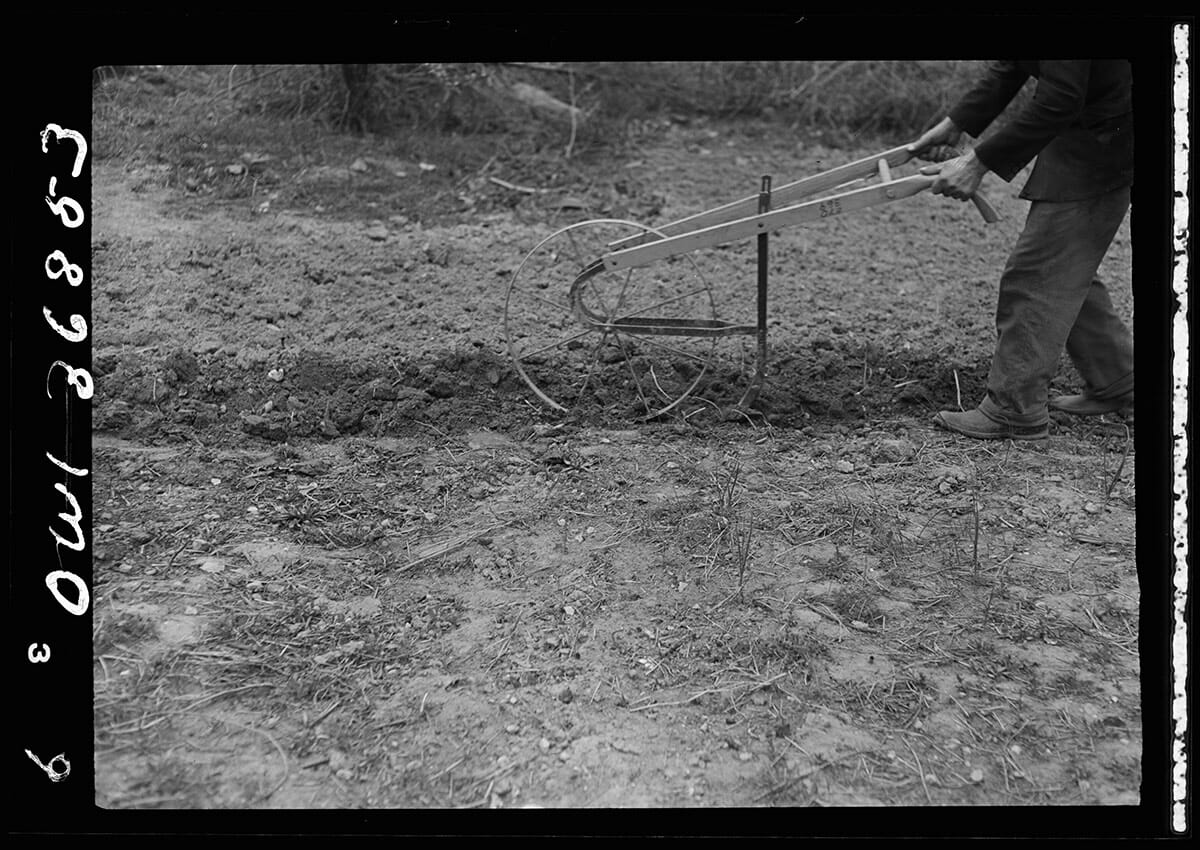
[mf_h5 align=”left” transform=”uppercase”] Victory gardener plowing two acres at Fairlawn Avenue in Washington, D. C., ca.1943[/mf_h5]
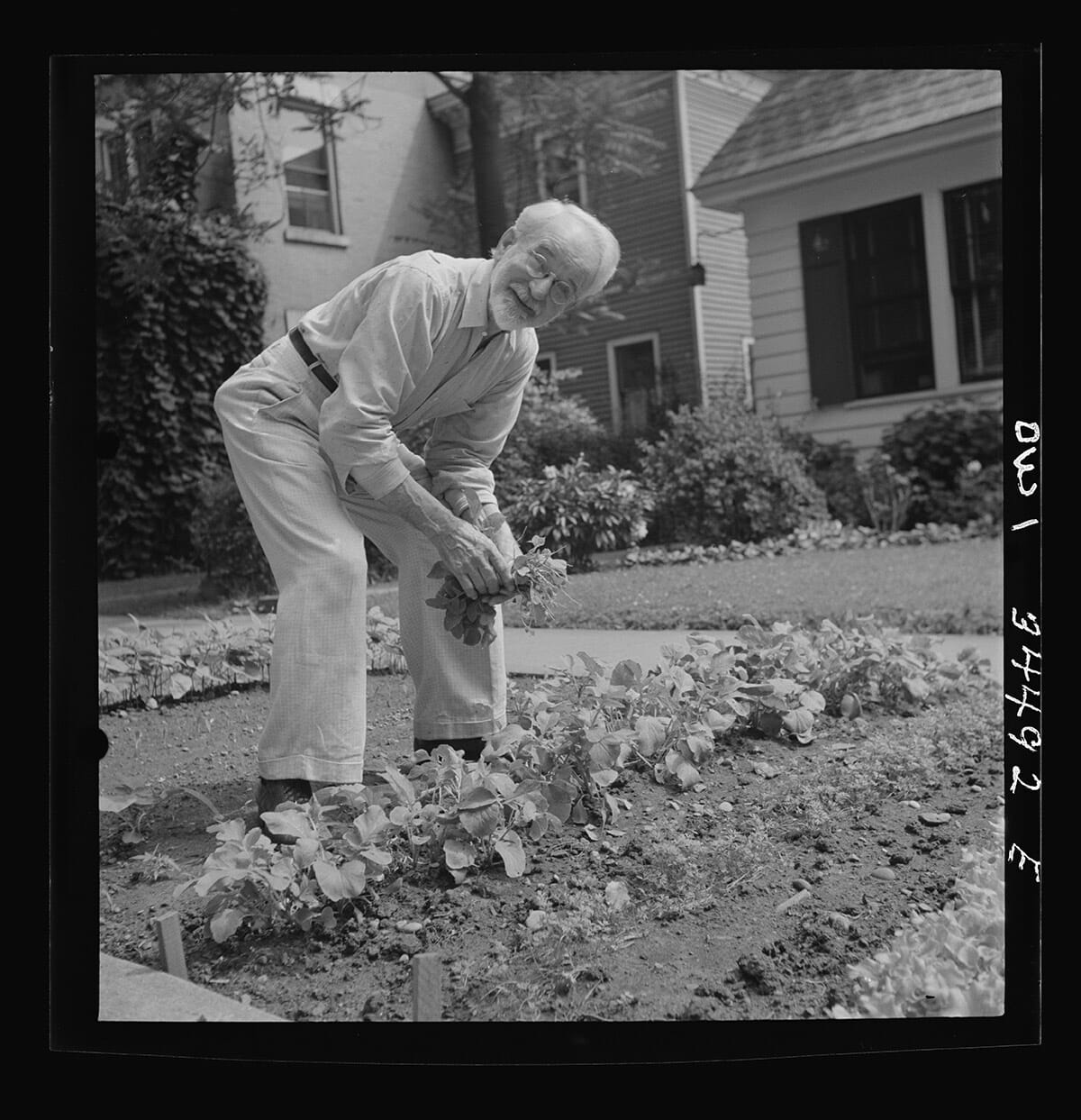
[mf_h5 align=”left” transform=”uppercase”]A man working on Sunday morning in his victory garden in Oswego, New York, ca. 1943[/mf_h5]
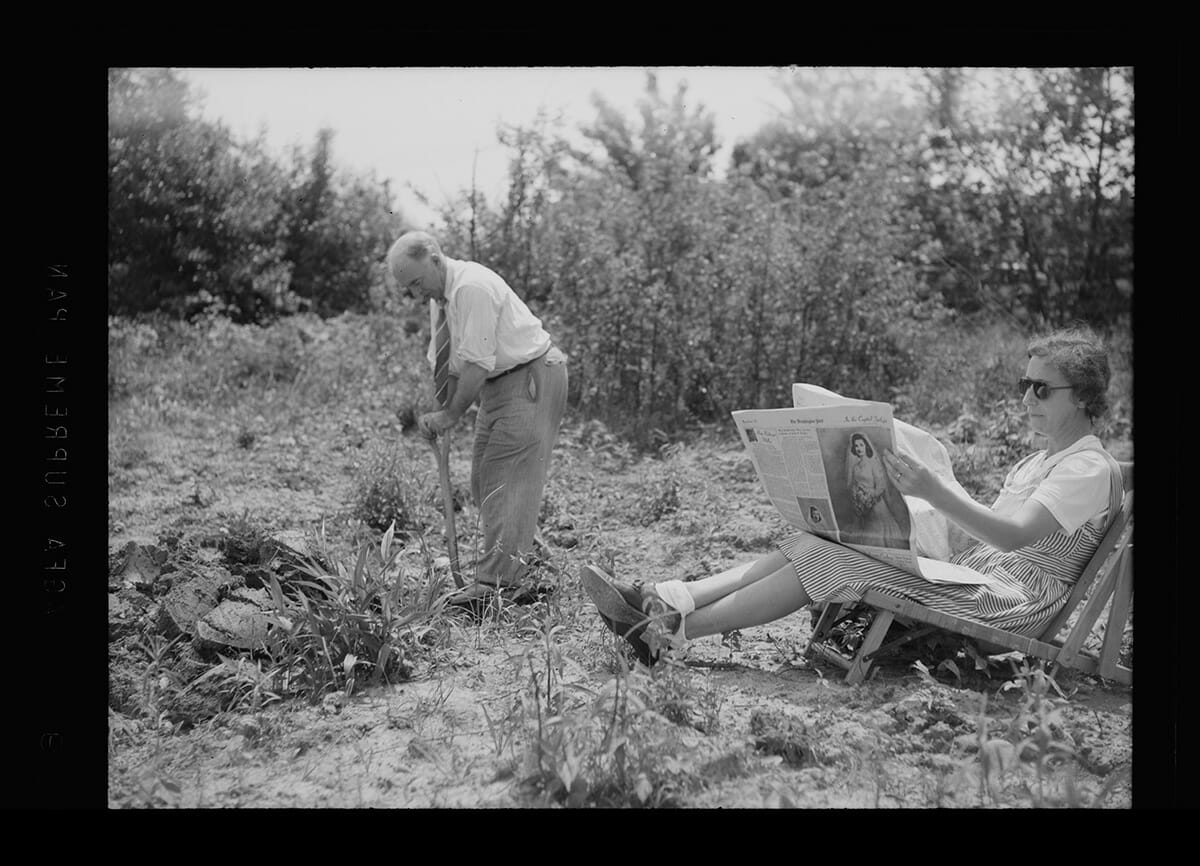
[mf_h5 align=”left” transform=”uppercase”]Man and wife at their victory garden on Fairlawn Avenue in Washington, D.C., ca. 1943[/mf_h5]
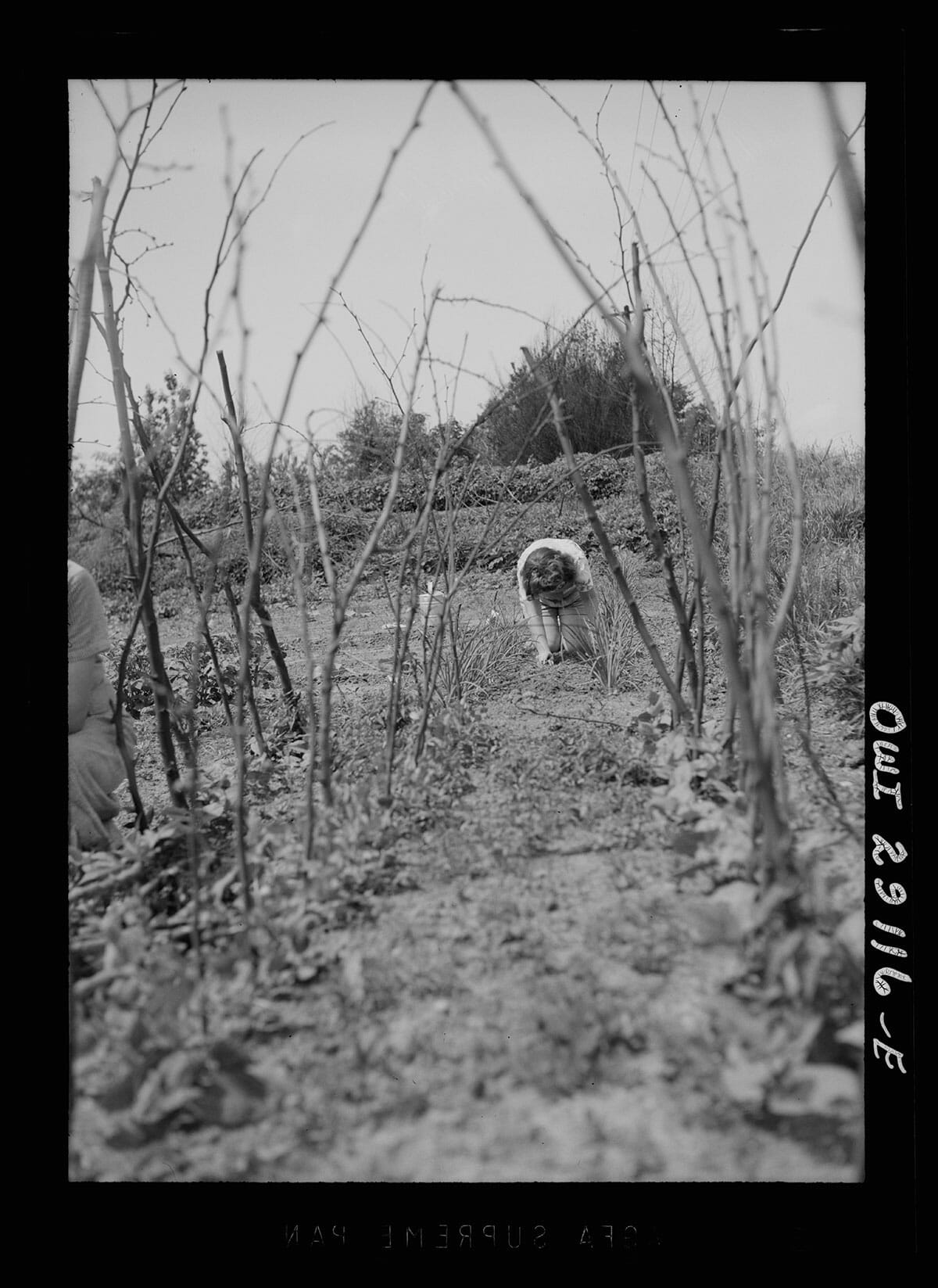
[mf_h5 align=”left” transform=”uppercase”]Workers in a large victory garden on Fairlawn Avenue in Washington, D.C., ca. 1943[/mf_h5]
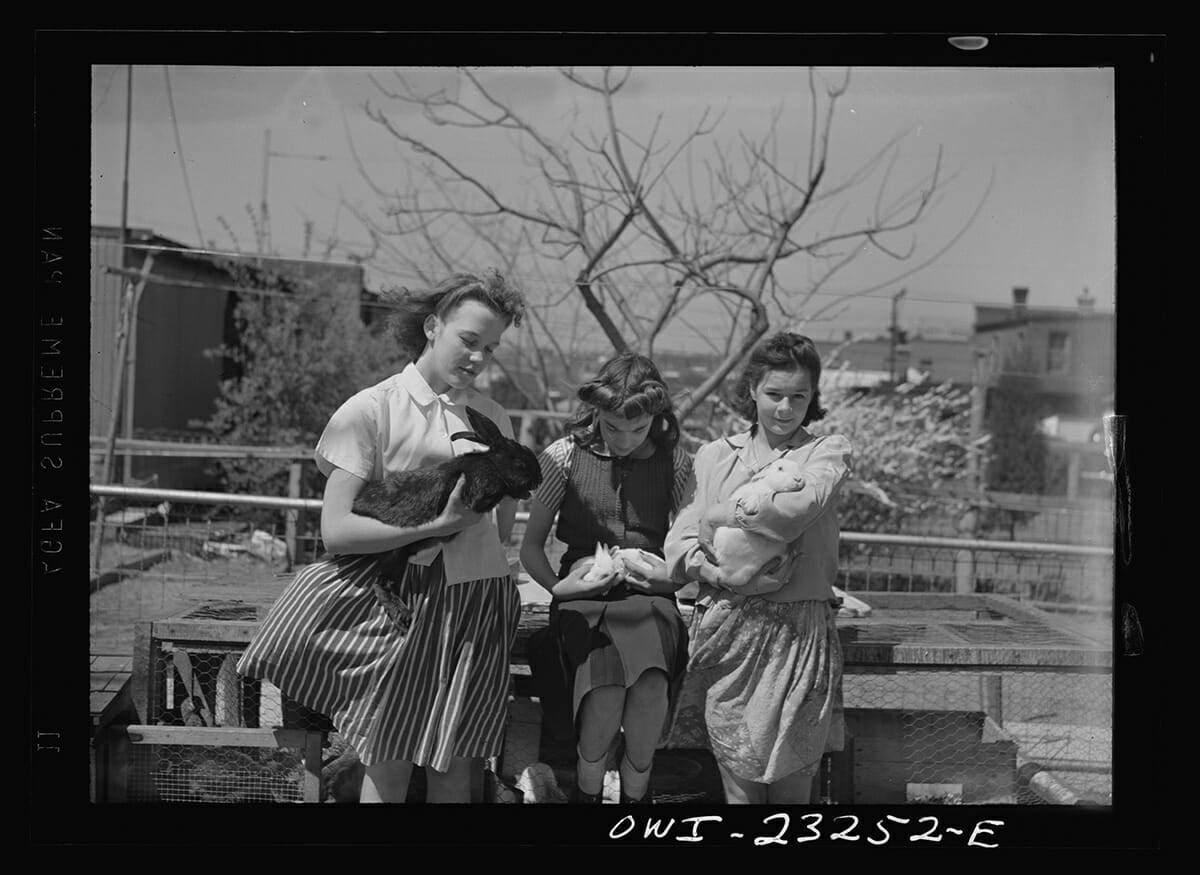
[mf_h5 align=”left” transform=”uppercase”]Children with rabbits that were formerly pets, are now being raised for food, ca. 1943[/mf_h5]
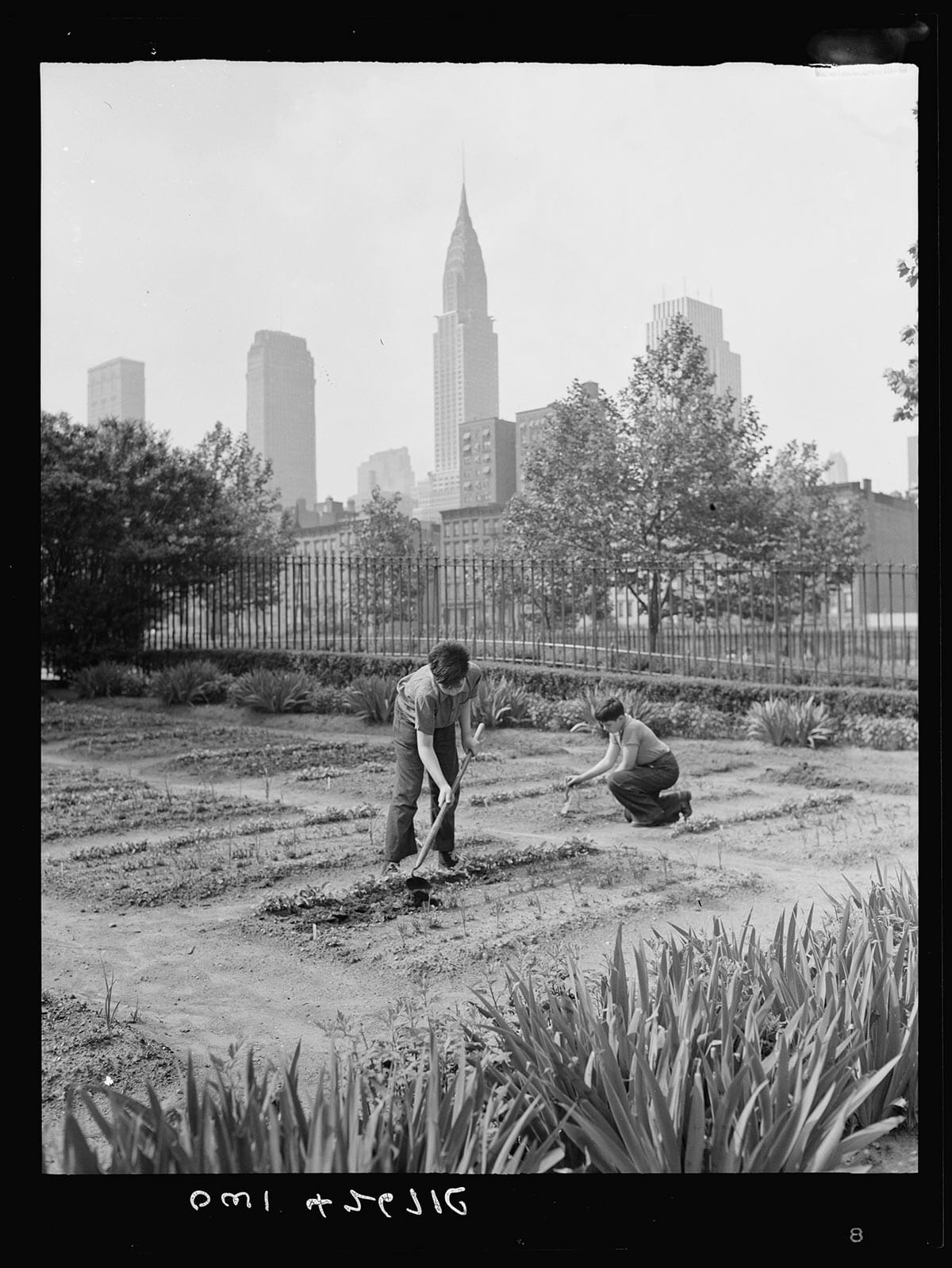
[mf_h5 align=”left” transform=”uppercase”]Boys working at their school’s victory garden on 1st Avenue between 35th and 36th Streets, New York City, ca. 1944[/mf_h5]
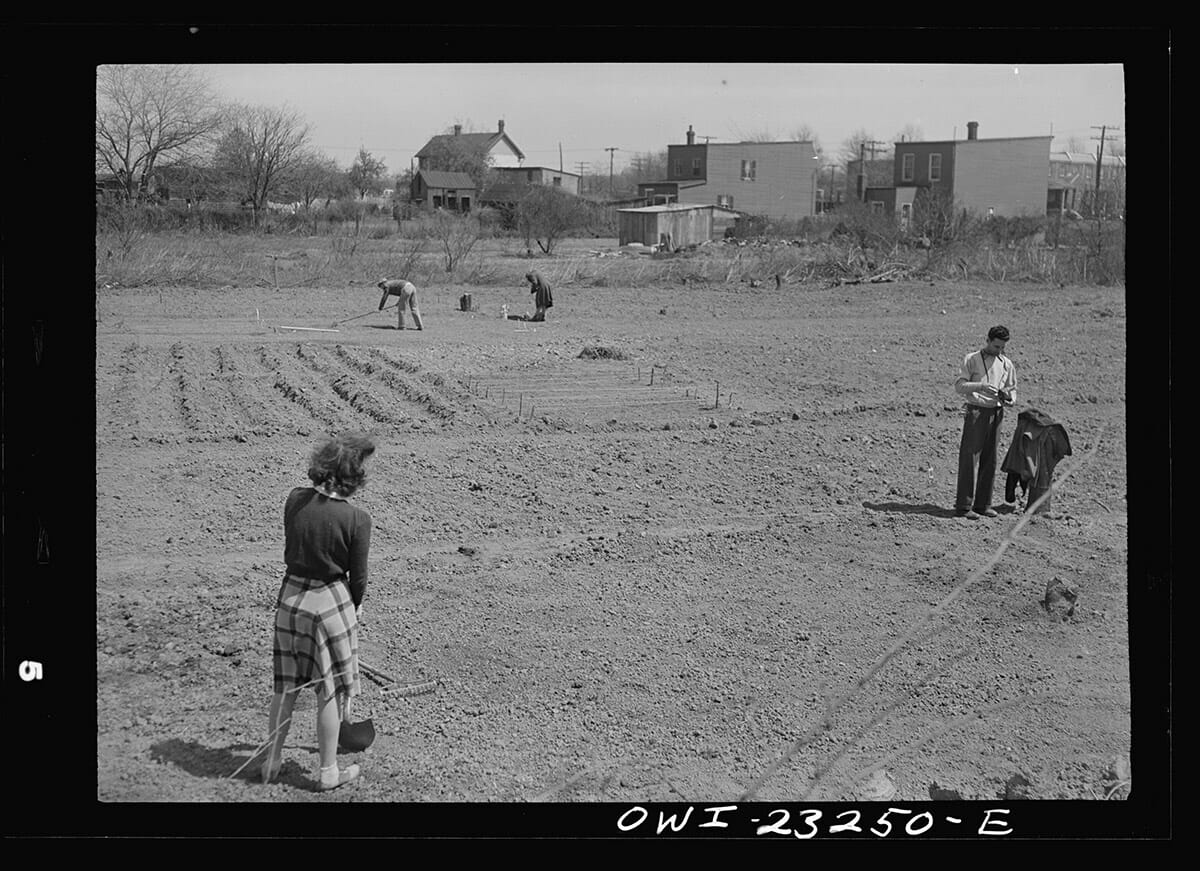
[mf_h5 align=”left” transform=”uppercase”]The victory garden on Fairlawn Avenue in Washington, D.C., ca. 1943[/mf_h5]
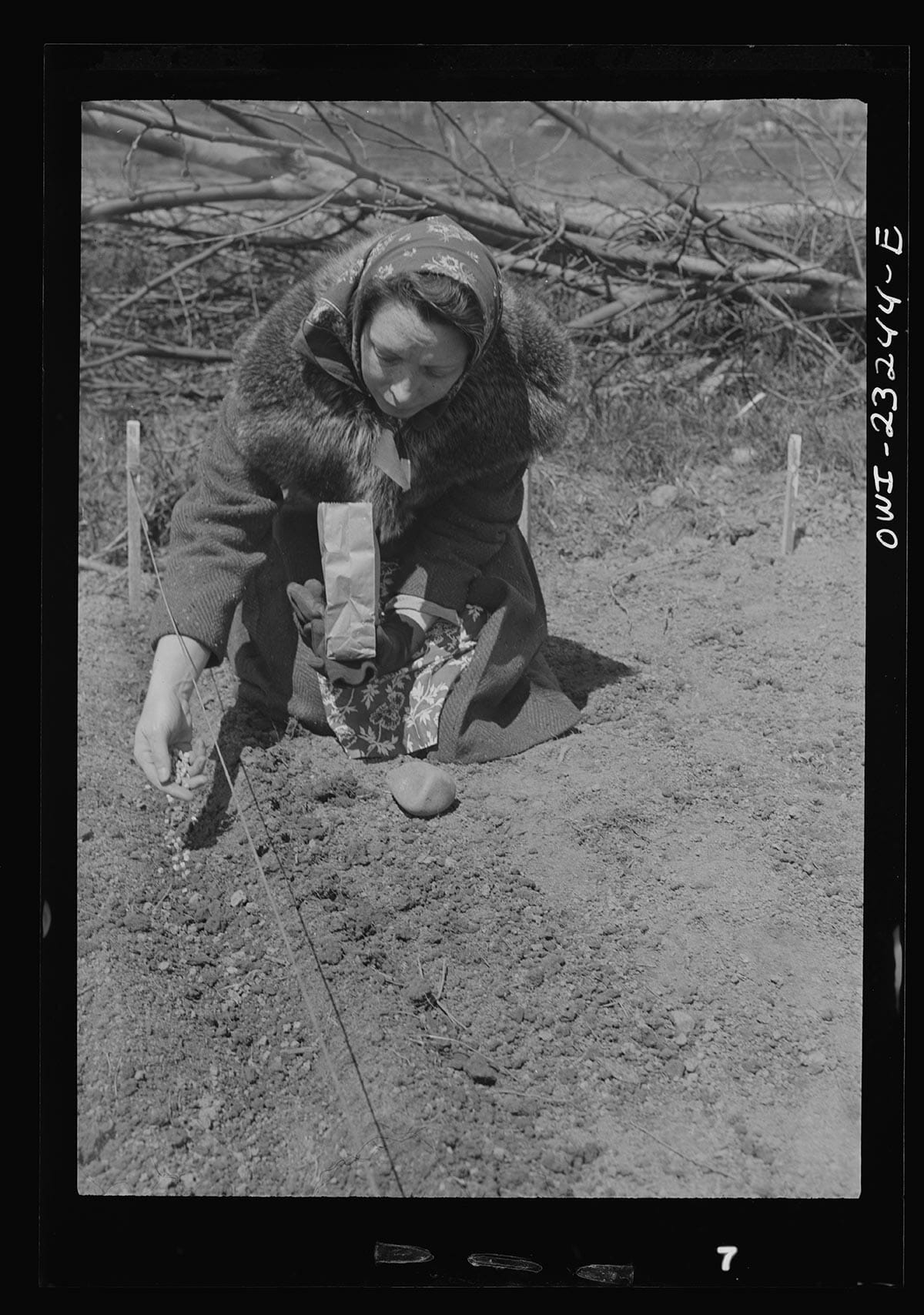
[mf_h5 align=”left” transform=”uppercase”]Woman planting peas on her plot in a victory garden on Fairlawn Avenue, Washington, D.C., ca. 1943[/mf_h5]
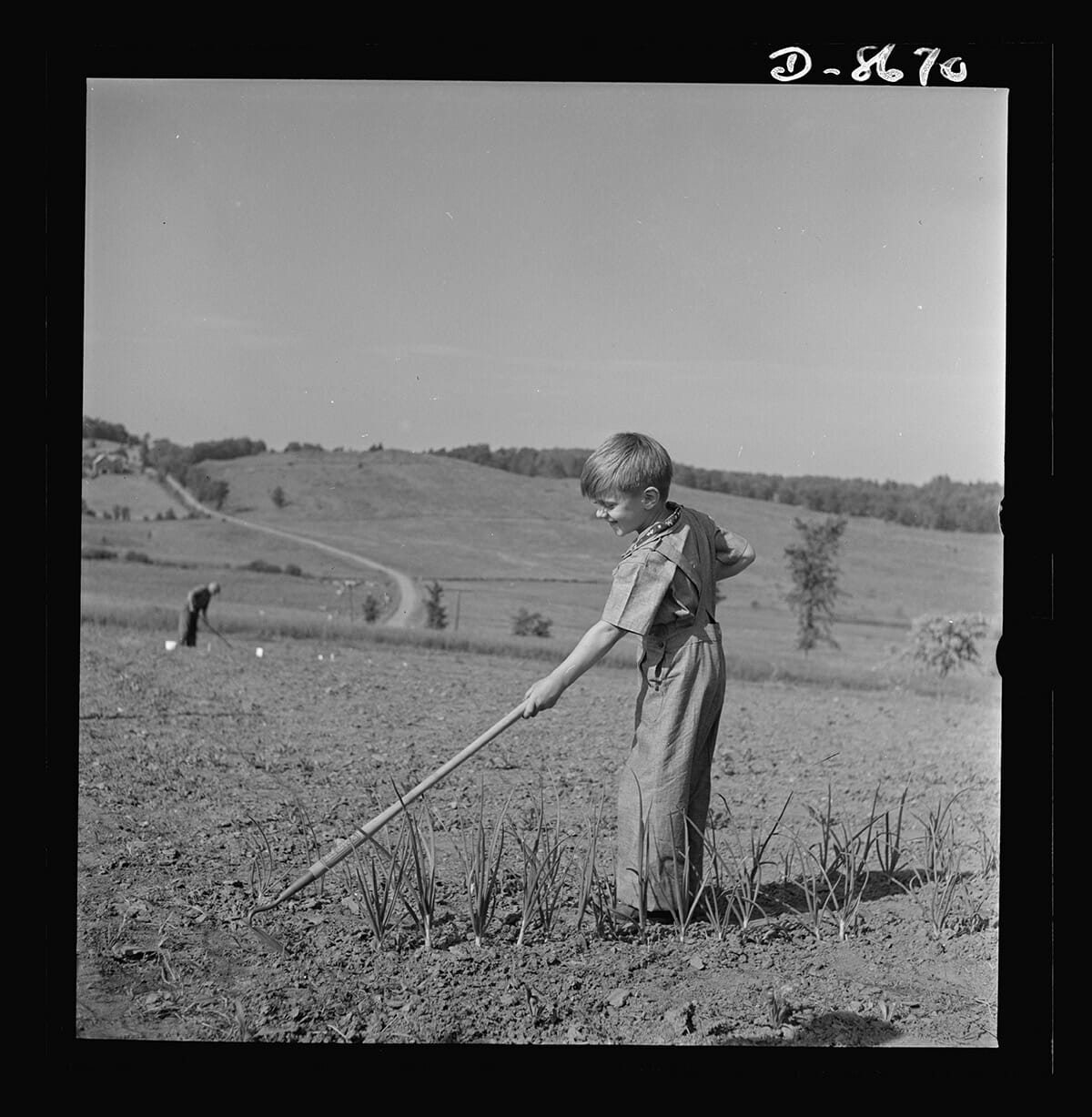
[mf_h5 align=”left” transform=”uppercase”]America’s youngsters are working to feed their family, ca. 1942[/mf_h5]
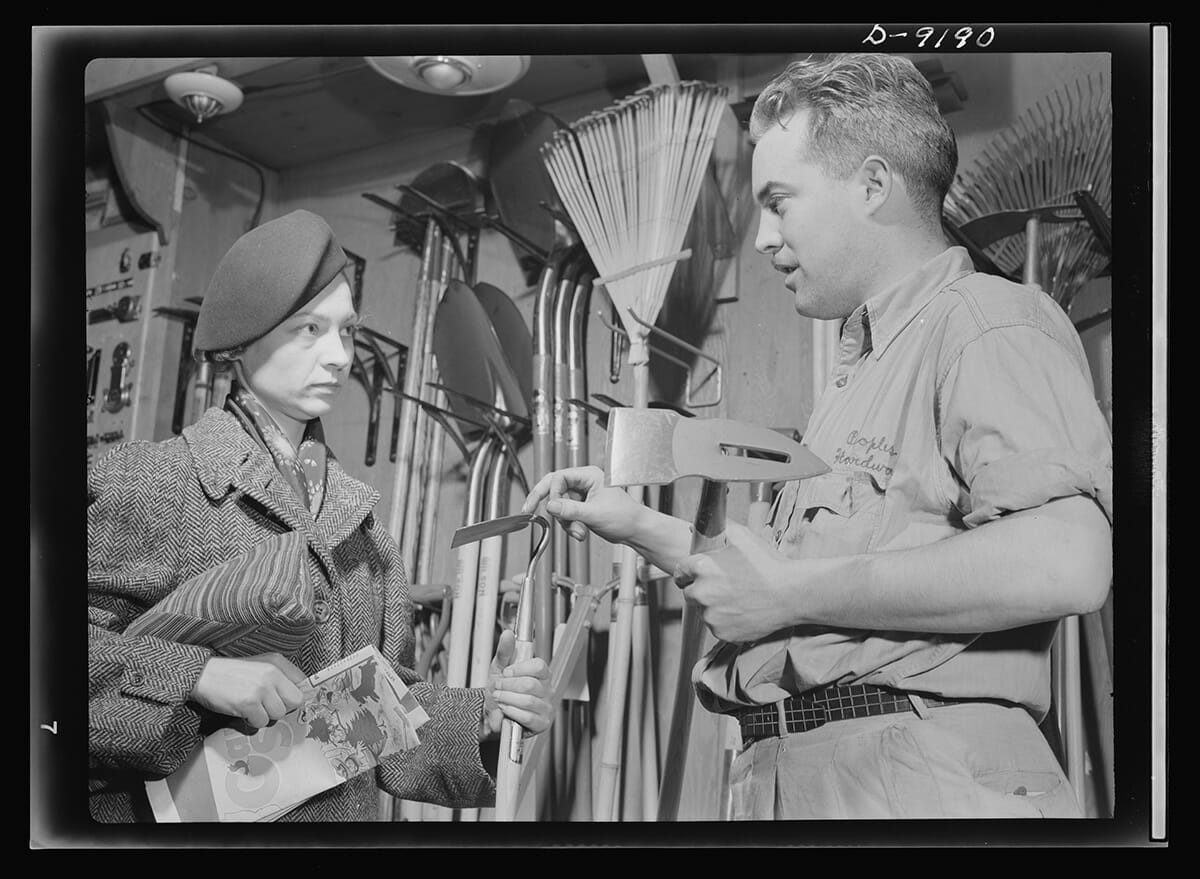
[mf_h5 align=”left” transform=”uppercase”]Victory Gardener consulting a salesman before purchasing garden tools, ca. 1943[/mf_h5]
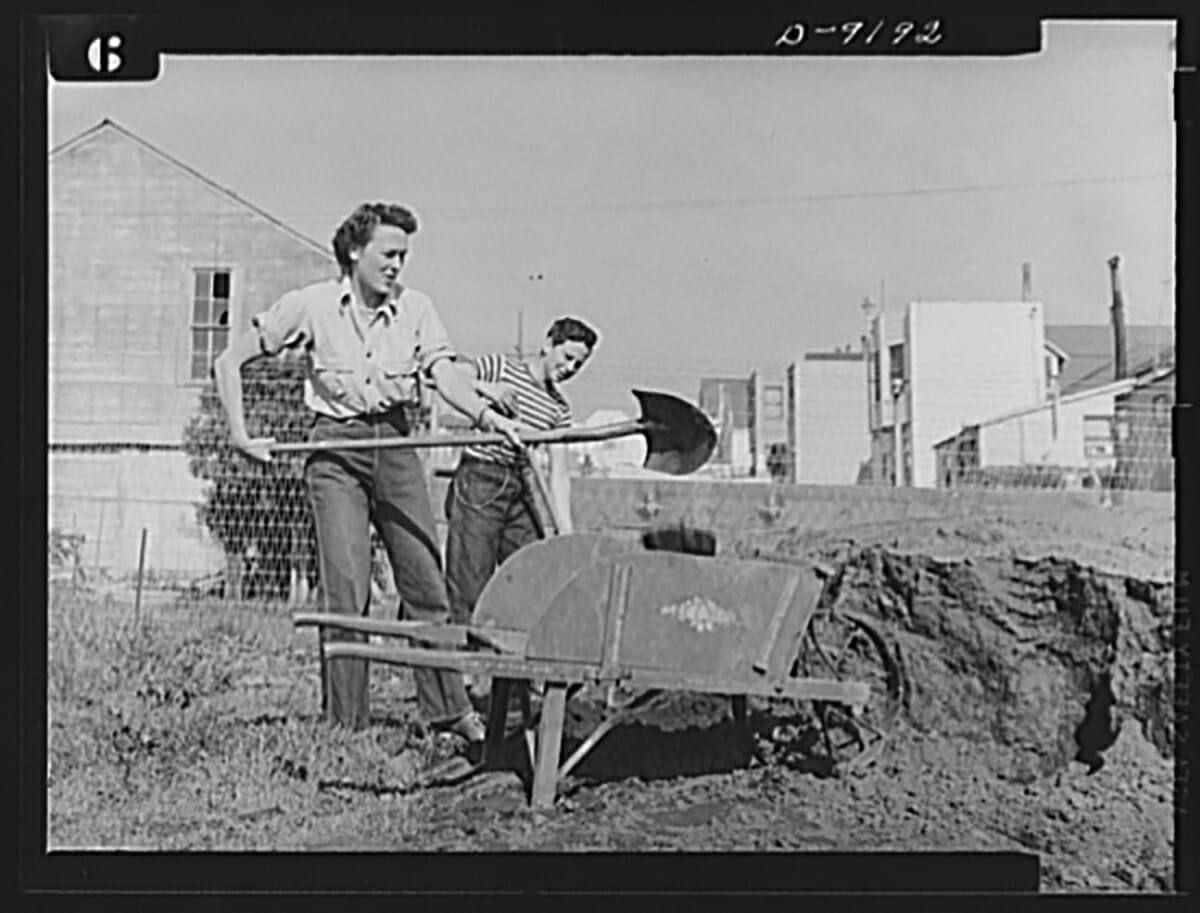
[mf_h5 align=”left” transform=”uppercase”]This Victory Gardener is transferring good top soil to improve the fertility of their garden, ca. 1943[/mf_h5]
Source: Library of Congress